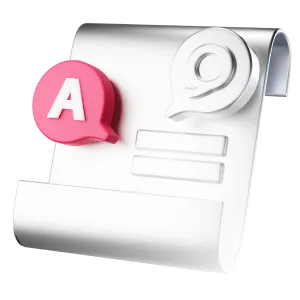When it comes to regular maintenance, a vehicle’s cooling system is among the most important, and often overlooked, components. However, you can often ask that your cooling system be flushed while you’re getting a standard oil change.
How much does it cost to flush a car’s cooling system?
You can expect to pay between about $100 and $250 for a cooling system flush. Prices vary depending on your vehicle’s make and model, your location, and other factors.
Note: If you know how to dispose of used coolant properly, this is an option for a DIY project. However, ingesting even a small amount of spilled coolant could spell disaster for a pet or child. That’s why we strongly recommend allowing professionals to handle this job.
What is a coolant flush?
A radiator or coolant flush involves removing all your car’s old coolant, cleaning rust and debris out of your cooling system, then adding fresh coolant. The process helps keep your engine running at the right temperature. It can be completed in about 20 minutes.
Coolant vs antifreeze
Though the terms are often used interchangeably, coolant prevents your engine from overheating, while antifreeze stops the cooling system from freezing when the engine’s off. Antifreeze is often an ingredient in coolant.
In very cold climates, you may need to adjust your coolant-to-water ratio or consider an engine block heater. Check with a local mechanic for advice specific to your area.
Signs you need a coolant system flush
Driven by the water pump, coolant circulates through your engine and radiator. It absorbs excess heat from your engine, preventing overheating, then cools off in the radiator before repeating the process.
If there’s a breakdown in this system, your car will let you know. You should have your car’s cooling system checked immediately if you notice any of these signs:
- A syrupy-sweet smell coming from the engine compartment
- Vehicle overheating (especially if the coolant level is full)
- Knocking or grinding sounds coming from the engine
- Debris in the coolant
- Puddles under your vehicle (especially if accompanied by a sweet smell)
Warning: Be sure to thoroughly clean up any leaked coolant immediately. Once it’s in a closed container, you may be able to dispose of it at a local recycling center.
How often do you need a cooling system flush?
Your car’s owner’s manual will specify how often you should flush your cooling system. While this is your best indicator, you should generally have your cooling system flushed every 2 years or 30,000 miles.

Sarah Gray is an insurance writer with nearly a decade of experience in publishing and writing. Sarah specializes in writing articles that educate car owners and buyers on the full scope of car ownership—from shopping for and buying a new car to scrapping one that’s breathed its last and everything in between. Sarah has authored over 1,500 articles for Jerry on topics ranging from first-time buyer programs to how to get a salvage title for a totaled car. Prior to Jerry, Sarah was a full-time professor of English literature and composition with multiple academic writing publications.

Alice Holbrook is an editor with more than a decade of experience covering personal finance, including car insurance. She\\\’s passionate about creating easy-to-understand content that demystifies intimidating topics for readers. Previously, she worked for NerdWallet, and her work has been featured by Newsweek, The Washington Post and the Associated Press, among others.






